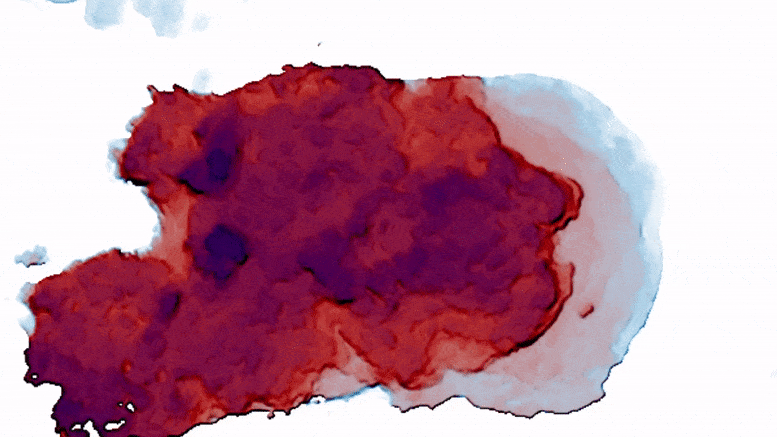
This animation shows a stereo view of the Tonga eruption plume as it rose, evolved, and dispersed over the course of 13 hours on January 15, 2022. The animation was built from infrared observations acquired every 10 minutes by GOES-17 and Himawari-8. According to these observations, the initial blast rapidly rose from the ocean surface to 58 kilometers in about 30 minutes. Shortly afterward, a secondary pulse rose above 50 kilometers (31 miles), then separated into three pieces. Credit: NASA Earth Observatory
Seismic Algorithm Reveals the Magnitude of the January 2022 Tonga Islands Eruption
On January 15, 2022, the eruption of a submarine volcano in the Tonga archipelago destroyed 90% of the uninhabited island of Hunga Tonga Ha’apai and formed an ash plume half the size of France. It also generated an atmospheric shock wave that circled the Earth several times, and, more classically, seismic waves recorded by monitoring stations around the world.
By analyzing the seismic waves, two CNRS researchers[1] were able to design an algorithm that can detect and locate a volcanic eruption in near real-time and, using equations that describe explosive eruptions, assess its size. Until now, such an assessment required fieldwork and took several weeks or months, since it was necessary to estimate the volume of ash and lava produced.
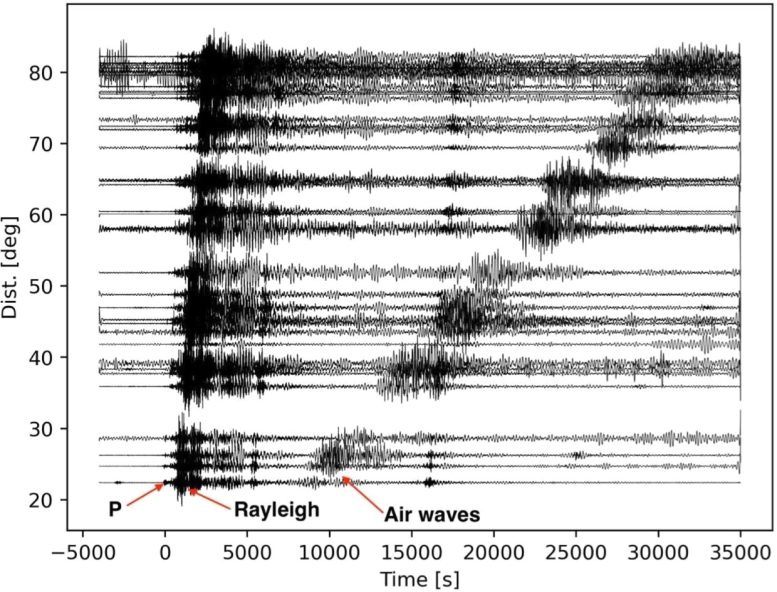
Recordings of the eruption of the Hunga Tonga volcano by the stations of the global seismological network. The first ‘burst’ corresponds to the recording of surface seismic waves (P- and Rayleigh waves), while the later-arriving waves are due to sound waves traveling through the air (air waves). Credit: © Piero Poli
The authors show that the Hunga Tonga eruption ejected a volume of around 10 km3, making it the largest explosive eruption of the twenty-first century, equivalent in strength to that of the devastating eruption of Pinatubo (Philippines) in 1991.
This method should make it easier to study large explosive eruptions in remote regions. Its reactivity, of the order of an hour, could help to predict the areas likely to be affected by ash, which can disrupt human activities both on the ground and in the air.
The study will be published today (April 20, 2022) in Geophysical Research Letters, received funding from two ERC grants, Monifaults (Starting grant) and Seismaze (Advanced grant).
Notes
- Working at the Institut des Sciences de la Terre (CNRS/Université Grenoble Alpes/IRD/Université Savoie Mont Blanc).
Reference: “Rapid characterization of large volcanic eruptions: measuring the impulse of the Hunga Tonga explosion from teleseismic waves” by Piero Poli and Nikolai M. Shapiro, 20 April 2022, Geophysical Research Letters.
DOI: 10.1029/2022GL098123

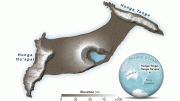

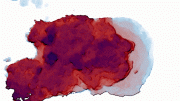

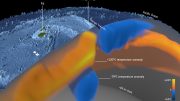

As a result of the eruption, we should expect the earth’s weather to cool and become rainier from now throughout the next two years.
Pinatubo Eruption (Philippines) in 1991 Lasting Results
The cloud over the earth reduced global temperatures. In 1992 and 1993, the average temperature in the Northern Hemisphere was reduced 0.5 to 0.6°C and the entire planet was cooled 0.4 to 0.5°C. The maximum reduction in global temperature occurred in August 1992 with a reduction of 0.73°C. The eruption is believed to have influenced such events as 1993 floods along the Mississippi River and the drought in the Sahel region of Africa. The United States experienced its third coldest and third wettest summer in 77 years during 1992.